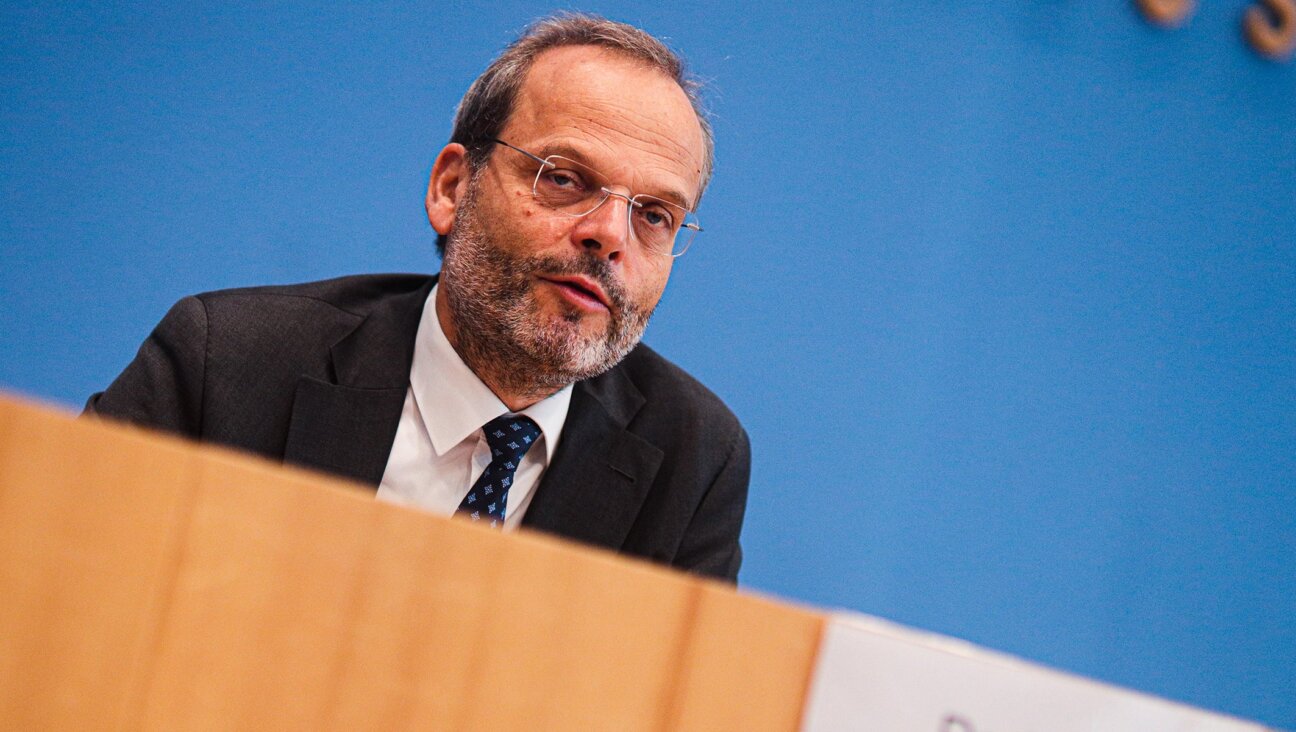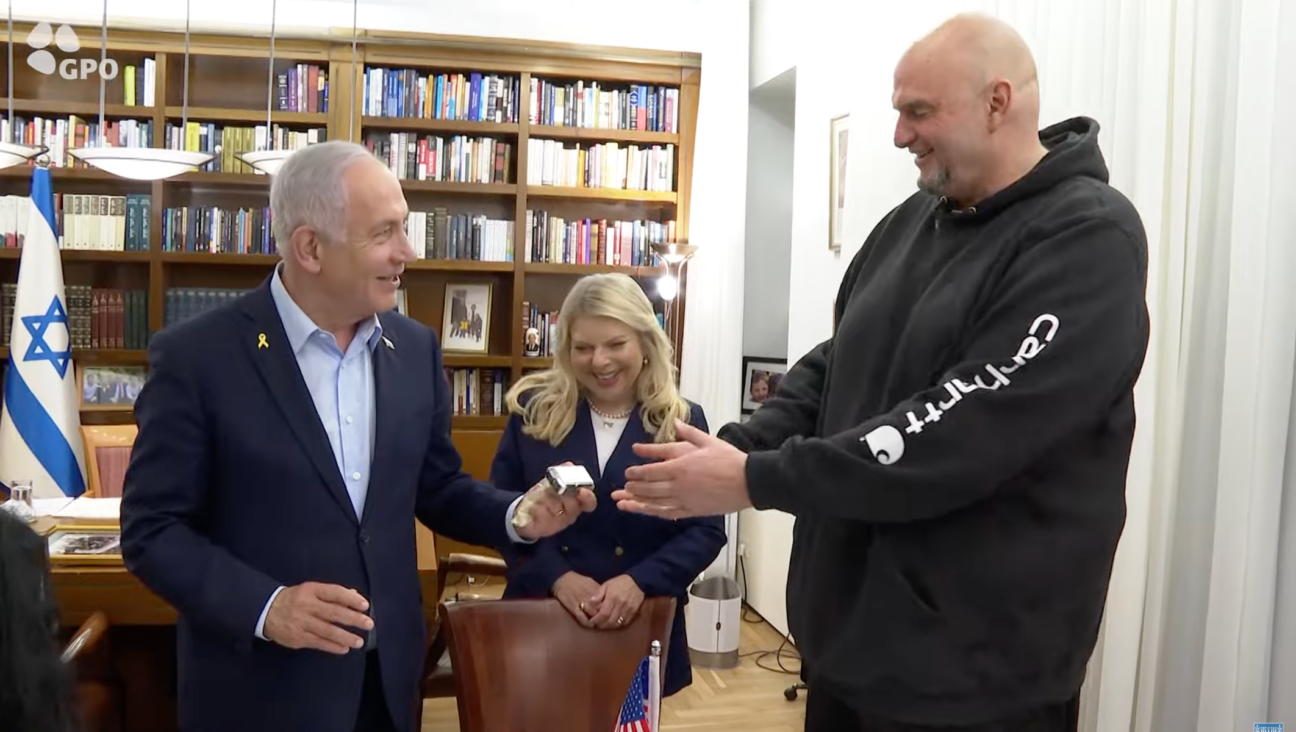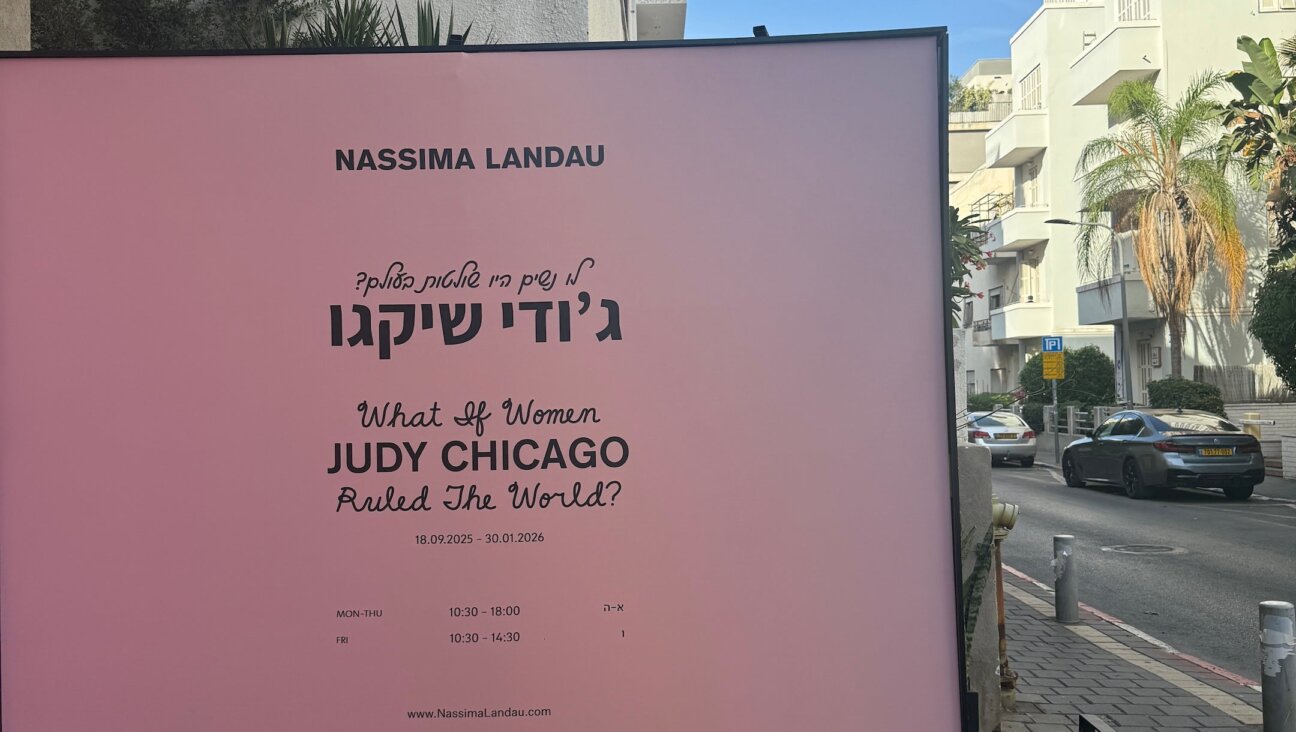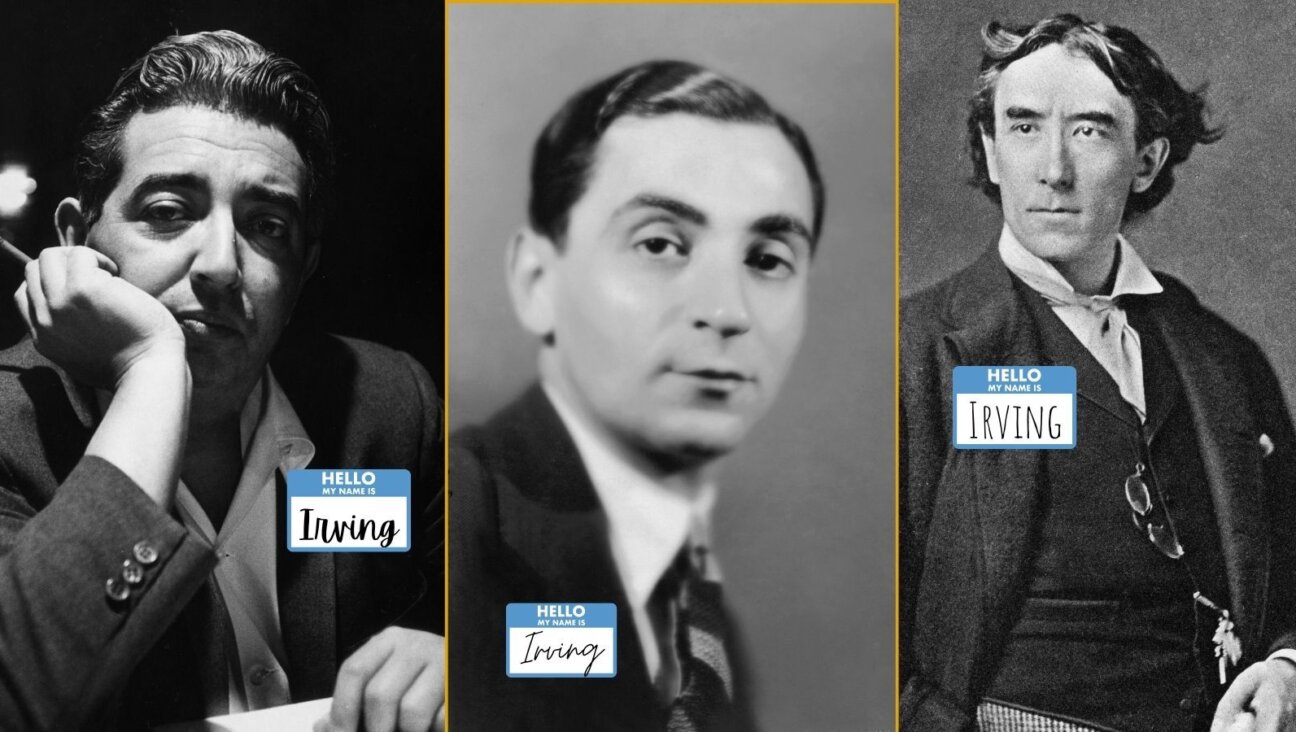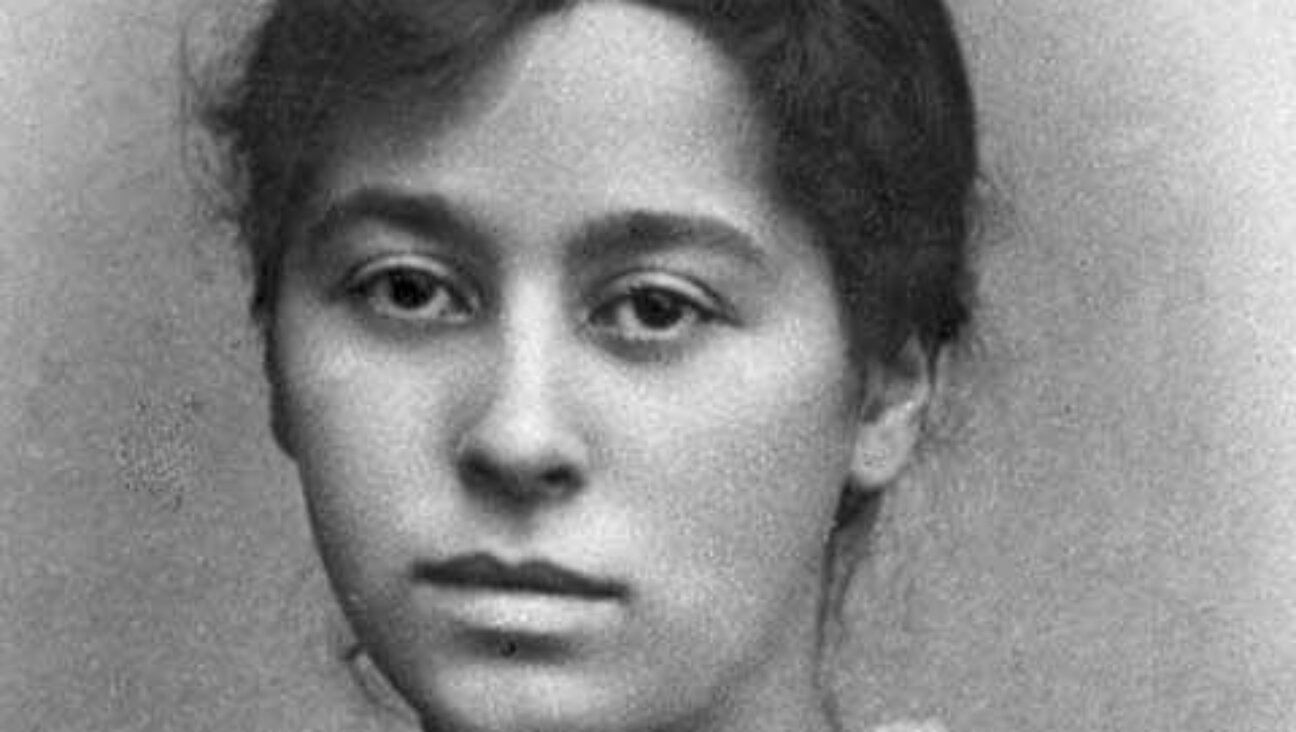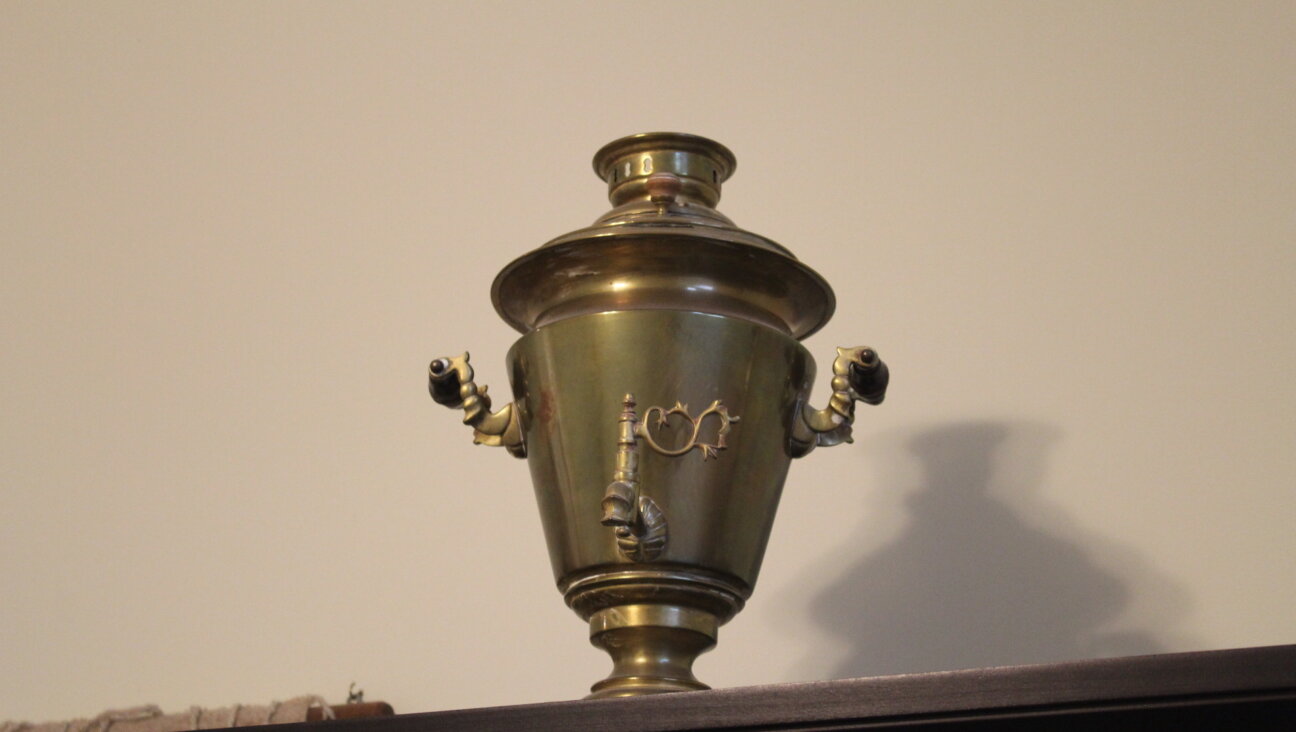Nazi-Looted $1.3B Jewish Art Trove Going Online

Image by getty images
Germany began publishing an online list on Tuesday of works that were discovered in a huge art stash in a Munich flat last year and believed for the most part to have been stolen or extorted by the Nazis.
The move was welcomed by lawyers representing families whose looted art was feared forever gone. But heavy demand for the government’s “Lost Art” website (www.lostart.de) led to technical problems that made it difficult to gain access.
“No one was expecting such a storm of demand,” said a spokesman for the Culture Ministry. “The server was overwhelmed by the massive demand. The only thing to do is wait.”
A statement from the national and Bavarian regional governments said 25 of the works would be displayed initially on the existing “Lost Art” website which helps to establish the provenance of works seized by Germany’s Nazi regime, mostly from Jews persecuted during the Holocaust.
The government has been heavily criticised – notably by families whose relatives were robbed by the Nazis – for keeping silent for almost two years about the trove of 1,406 European artworks until a German newsmagazine broke the story earlier this month.
“It’s too little, too late but at least it’s a step in the right direction now,” said Claudia von Selle, an attorney in Berlin specialising in art. “The lack of sensibility the last two years is still unfathomable if you consider the high level of provenance research in Germany.”
Defending the policy of silence, government officials said they were worried about the security of the artworks and the related insurance, and that authorities were also conducting a confidential tax fraud investigation against Cornelius Gurlitt, in whose Munich apartment the missing art was found.
Art works from Picasso, Chagall and Otto Dix were among those on the government’s website, according to German media.
Markus Stoetzel, a lawyer representing the heirs of Alfred Flechtheim, a Jewish art patron and collector who lost everything to the Nazis, also welcomed the German move.
“Now more than ever it’s time for Germany to do what it can to give justice to families of the Jewish victims whose art works were stolen by the Nazis from 1933 to 1945,” he said.
LEGAL AMBIGUITIES
The hoard is estimated to be worth up to 1 billion euros ($1.34 billion) and its legal status is likely to be contested. Customs officials stumbled on it during a routine inspection in Munich’s smart Schwabing district in February 2012.
“The origins of the so-called ‘Schwabing art trove’ will be traced as quickly and transparently as possible,” the federal and state governments said late on Monday – over a week after news of the find was reported by the Munich magazine Focus.
“To establish transparency and to further expedite research into provenance, the first 25 works that are suspected to have been taken under Nazi persecution will be displayed on the www.lostart.de platform and that will be continuously updated.”
The paintings, sketches and sculptures hoarded by the war-era art dealer Hildebrand Gurlitt, put in charge of selling confiscated “degenerate” art by Adolf Hitler, were found in the apartment of his reclusive 79-year-old son, Cornelius.
But their legal status is ambiguous, nearly 70 years after a war in which the Nazis plundered hundreds of thousands of art works from museums and from individuals, most of them Jews.
The government’s coordination centre for lost art said on the website that around 970 of the works were believed to have been confiscated, stolen or looted by the Nazis.
Some legal experts say Gurlitt may get to keep the art, but others say Germany could nullify his ownership under the 1998 Washington Declaration, a set of principles for dealing with looted art. The governments said they had set up a team of six experts to examine the provenance of the works.
Gurlitt’s whereabouts are not clear. He is under investigation for suspected tax evasion and concealment but has not been charged.
The federal government, which ordinarily leaves such cases to regional justice officials, stepped up its involvement after the United States asked it to publish a list of the art works.
